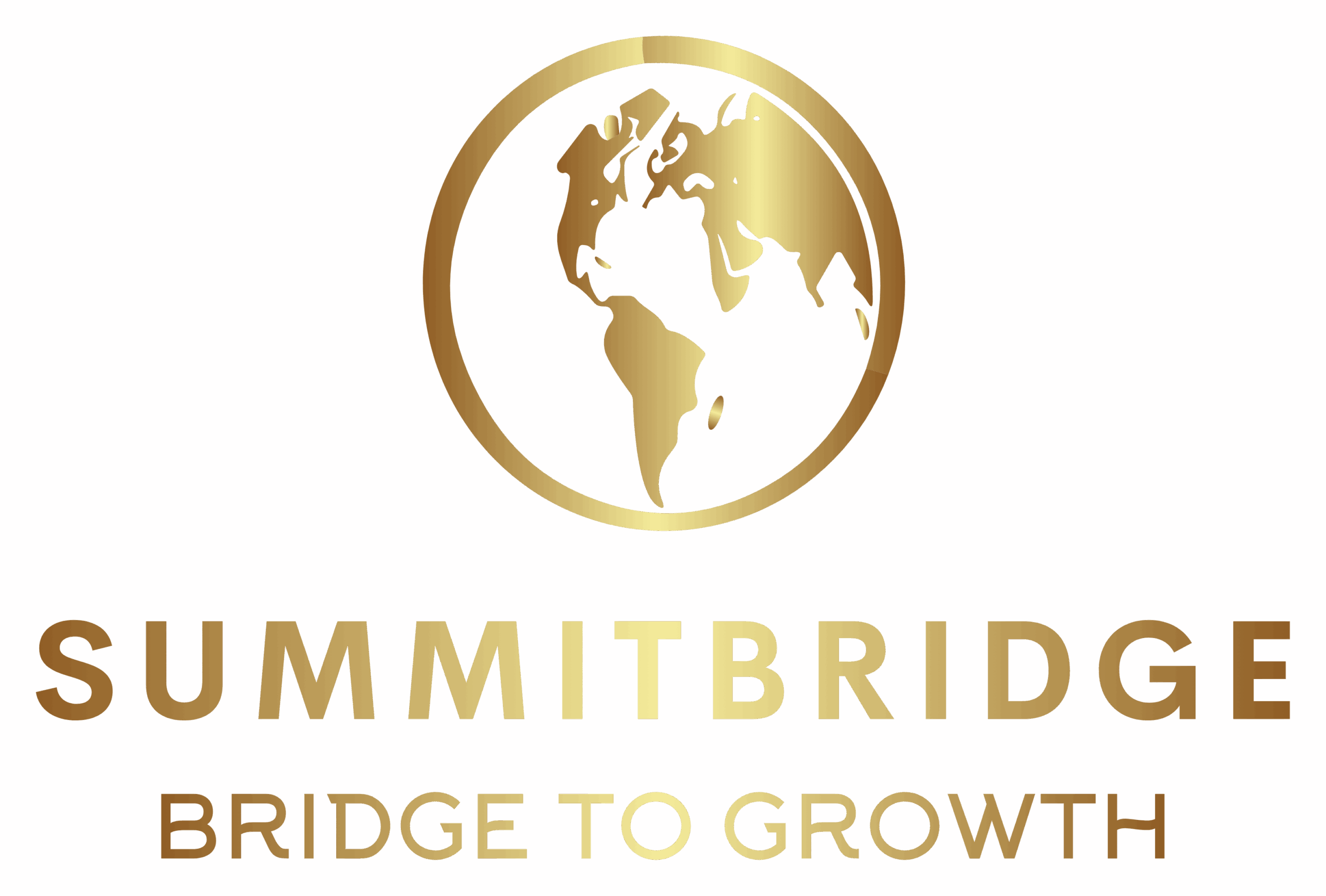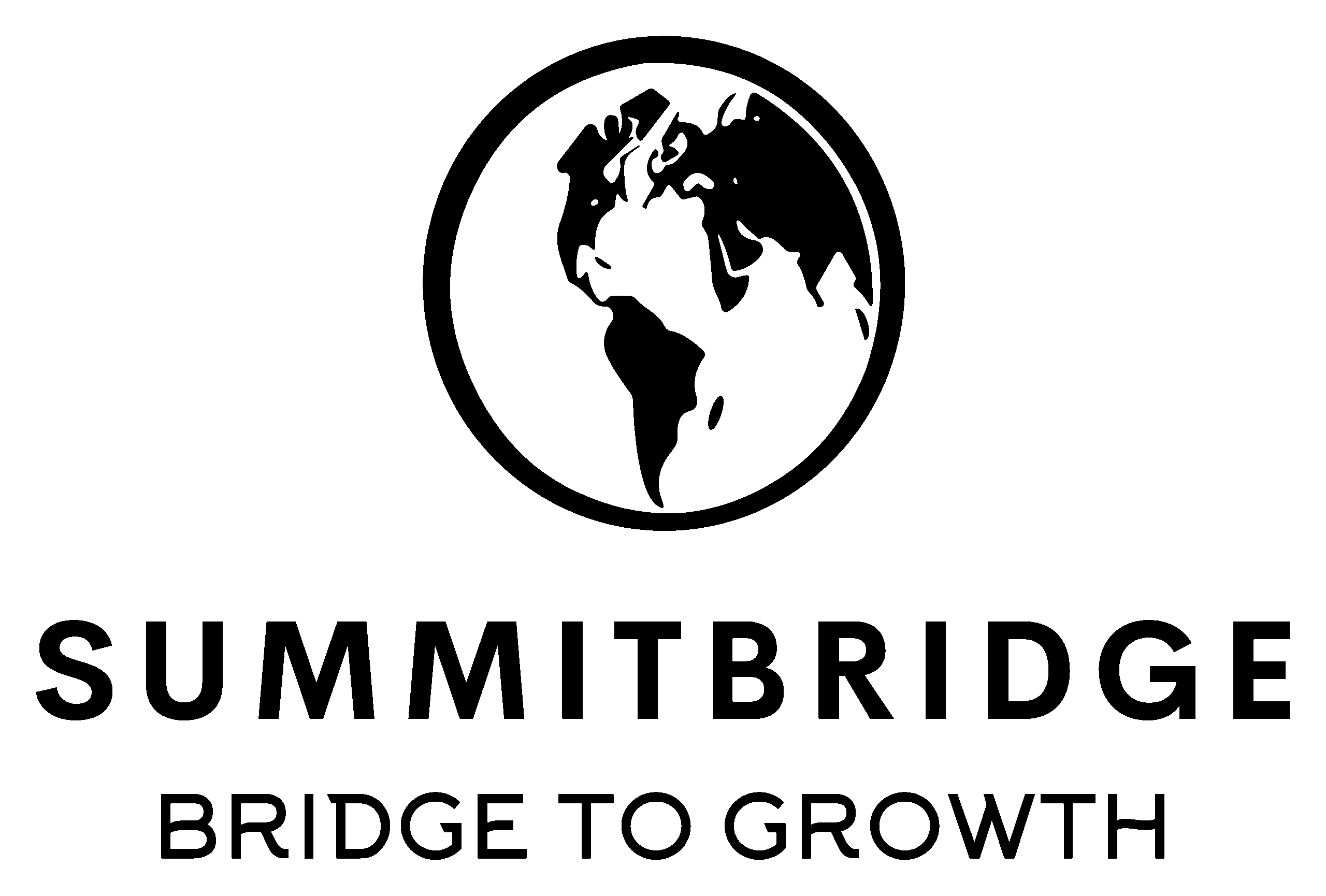Bridge Loans vs. Traditional MortgagesWhich one best fits your real estate investment strategy in Florida?
Which one best fits your real estate investment strategy in Florida?


In Florida’s fast-paced real estate market, financing is a critical factor for the success of any project. Choosing between a bridge loan and a traditional mortgage not only affects your costs and timelines but also determines your agility in seizing unexpected opportunities and managing market risks. In this comprehensive guide, we delve into both options, covering their key features, advantages, disadvantages, and practical examples to help you maximize returns and minimize drawbacks.
1. Bridge Loans: Quick Liquidity for Short-Term Projects
What Is a Bridge Loan?
A bridge loan is a temporary financing solution designed to fill short-term cash flow gaps. It acts as a “bridge” between the need for immediate capital and the procurement of long-term funding or the sale of an existing asset. Its purpose is to provide fast-access capital—ideal for auctions, direct purchases, or urgent property renovations.
Key Features
- Short duration: typically between 6 and 24 months, adjustable based on projected sale or refinancing timelines.
- Higher interest rates: usually 1–4 percentage points above conventional mortgage rates.
- Rapid disbursement: approval and funding within days to a few weeks.
- Collateral requirement: generally secured by the property itself or another liquid asset as backup.
Detailed Advantages
- Immediate capital access: perfect for closing deals under tight deadlines.
- Equity leveraging: use the built-up value in existing properties to finance new acquisitions.
- Flexible exit strategies: sell the acquired property, refinance into a conventional mortgage, or wait for appreciation to repay the loan.
- Less income verification: unlike traditional mortgages, lenders focus more on collateral value than on cash flow metrics.
Expanded Disadvantages
- Higher costs: steeper interest, origination fees, prepayment penalties, and potential balloon payments at loan maturity.
- Strict timelines: failure to meet the sale or refinance plan can result in foreclosure risk or expensive term extensions.
- Market risk exposure: a downturn in property values may complicate collateral liquidation at expected prices.
2. Traditional Mortgages: Long-Term Stability and Sustainability
What Is a Traditional Mortgage?
A traditional mortgage is structured for repayment over extended periods—typically 15, 20, or 30 years. It’s intended for residential buyers and investors who plan to hold properties for rental income or long-term appreciation.
Key Features
- Extended term: loan durations ranging from 15 to 30 years, with fixed- or adjustable-rate options.
- Competitive interest rates: generally lower than bridge loan rates under normal market conditions.
- Rigorous underwriting: comprehensive credit checks, income verification, debt-to-income analysis, and property appraisals.
- Down payment requirements: commonly 20%–30% for investment properties.
Expanded Advantages
- Predictable, manageable payments: spreading principal over many years yields lower monthly installments.
- Inflation protection: fixed-rate mortgages lock in current dollars while property values and rental rates often rise.
- Equity growth: each payment builds your net worth by reducing loan principal over time.
- Tax benefits: mortgage interest may be tax-deductible, enhancing net returns.
Expanded Disadvantages
- Lengthy approval process: document collection, appraisals, and verifications can extend closing by weeks or months.
- Substantial down payment: high upfront cash requirement may limit liquidity for other investments.
- Limited term flexibility: modifying loan terms or refinancing can incur fees and administrative hurdles.
3. When to Use Each Option? Practical Scenarios
- Bridge Loan Is Ideal For:
- Quick flips: purchase, renovate, and resell within a year.
- Auction purchases: secure properties that require fast payment.
- Portfolio expansion without asset sale: leverage existing equity to acquire new assets.
- Traditional Mortgage Is Ideal For:
- Rental investors: generate steady cash flow with long-term tenants.
- Buy-and-hold strategies: benefit from market appreciation on prime properties.
- Long-term developments: fund construction or master-planned communities over several years.
4. Why Choose Summit Bridge Group?
Having specialized guidance and streamlined processes is key in a competitive market. Summit Bridge Group enhances your strategy with:
- Comprehensive financial assessment: we analyze your profile, goals, and cash flows to recommend the optimal financing structure.
- Integrated bridge and conventional solutions: we blend short- and long-term loans based on your investment schedule and exit plans.
- End-to-end support: from application to disbursement and post-loan follow-up, ensuring your deal closes smoothly.
Your choice between a bridge loan and a traditional mortgage boils down to investment horizon, risk tolerance, and capital urgency.
- The bridge loan delivers speed and immediate funding, perfect for short-term deals and equity leveraging.
- The traditional mortgage offers payment predictability, stability, and tax advantages, ideal for rental income or sustained appreciation.
